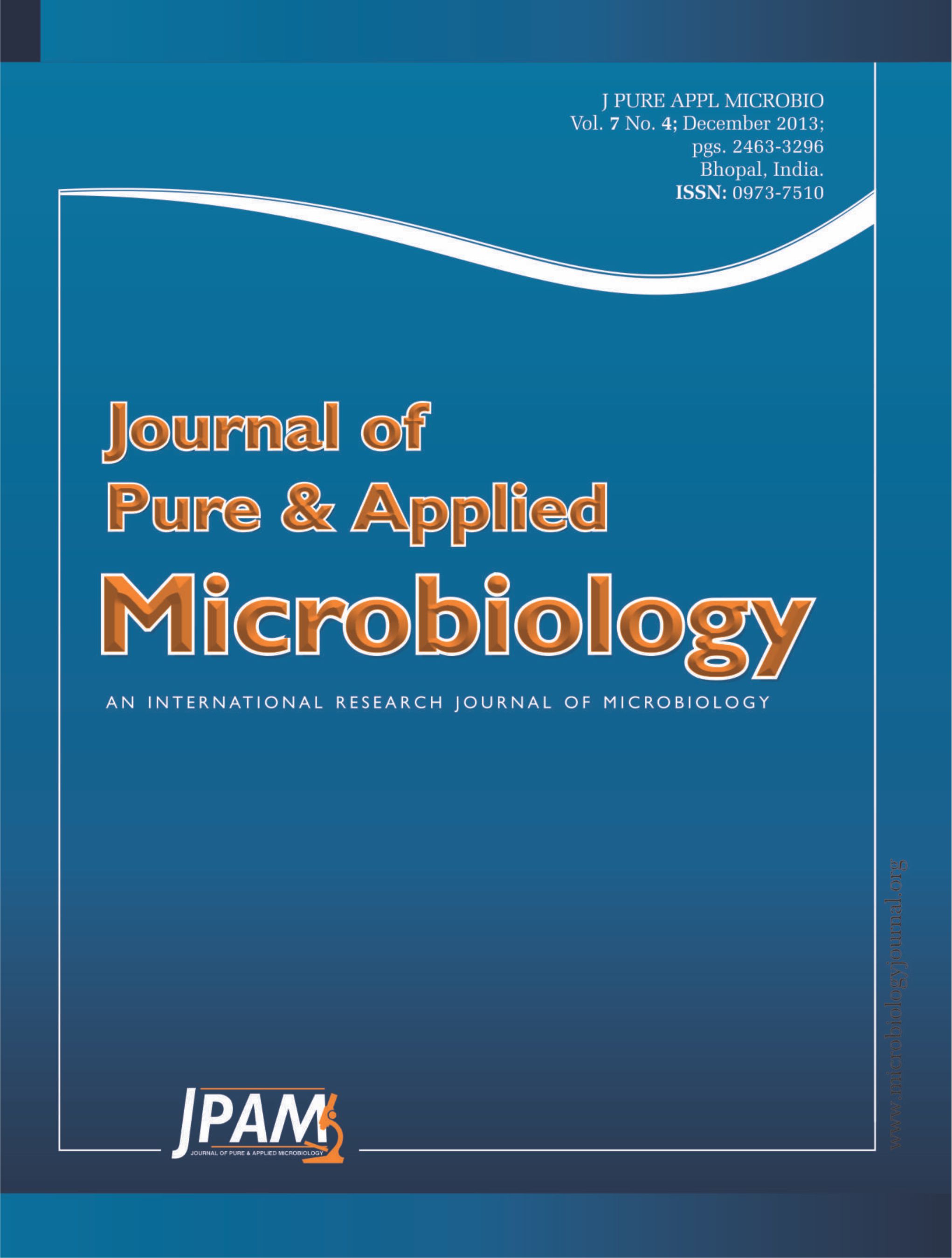An investigation was carried out to search potential actinobacteria for tyrosinase activity from different environmental samples. Detection of a typical catalytic zone developed on Tyrosine Gelatin Beef extract (TGB) agar indicating the tyrosinase activity by actinobacteria is a unique approach, which was never reported earlier. A total of five isolates of actinobacteria obtained from soils (DSV15 and DPG2) of Gulbarga India and marine sediments (DSV5) from Goa India were proved to be promising during primary and secondary screening for tyrosinase activity, based on the degree of catalytic zone and also intensity of color. Thus, observation of catalytic zone in addition to the intensity of color is a novel approach for the detection of tyrosinase activity. TGB medium has been proved as most suitable (high intensity of color and maximum catalytic zone) for tyrosinase activity, from among eight media, including two conventional and seven modified media, assessed during primary and secondary screening. An isolate of actinobacterium DSV5 has been proved as most efficient with the maximum production of tyrosinase in both Starch Tyrosine mineral (160±0.2U/ml) and TGB (175±0.2U/ml) media. The most potential isolate DSV5 was confirmed as Streptomyces vinaceusdrappus based on the molecular characterization by 16S rRNA analysis.
Streptomyces, Tyrosinase, Screening, Pigmentation, Catalytic zone, Production
© The Author(s) 2013. Open Access. This article is distributed under the terms of the Creative Commons Attribution 4.0 International License which permits unrestricted use, sharing, distribution, and reproduction in any medium, provided you give appropriate credit to the original author(s) and the source, provide a link to the Creative Commons license, and indicate if changes were made.


